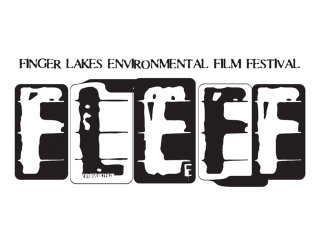One of many experiences at FLEFF that really changed the way that I thought about the environment was screening Steve Seid and Peter Conheim’s VALUE-ADDED CINEMA (2003) as part of the festival that intersected with a course that I was teaching at Ithaca College in 2006.
VALUE-ADDED CINEMA is an example of a film that FLEFF screened that would not likely be selected for other environmental film festivals. FLEFF also screened Aradhana Seth’s DAM/AGE: A FILM WITH ARUNDHATI ROY (2002) about environmental devastation and mass dispossession of marginalized communities by massive dam projects in India. And it screened was Judith Helfland and Daniel Gold’s BLUE VINYL (2001) about the toxins in materials used to construct houses in the United States. Those films fit standard expectations. This one expanded them.
VALUE-ADDED CINEMA presents other environmental hazards with which many people contend on a daily basis: images of consumer products in Hollywood cinema.
I had not pre-screened the film, so I watched it with only the catalogue blurb to guide me. I was also guided by my experience the previous year with FLEFF. The codirectors, Patty Zimmermann and Tom Shevory, organized the festival around key words.
Discussions emerged through the lens of key words that made possible new ways of thinking about environmentalism. The terms were never the expected or predictable ones, but ones that pushed thinking in new directions.


